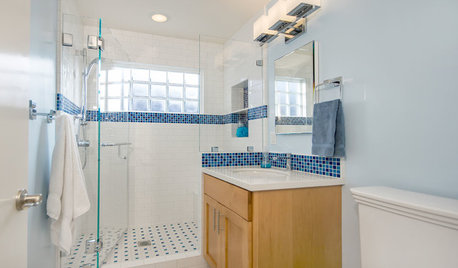Starter solenoid problem
colt357_2004
16 years ago
Related Stories

PRODUCT PICKSGuest Picks: The Well-Stocked Starter Kitchen
We’ve got all the kitchen basics and tableware you need (or that recent grad needs) to make cooking a joy
Full Story
LIVING ROOMSConversation Starter: Circular Seating
Looking to make a large space cozy or fit seating into a tight spot? Try using a ring of chairs
Full Story
BEDROOMSGet More From Your Bed (Storage, for Starters)
Find space for all your stuff — and maybe even a seat, a writing desk or another sleep spot — by cozying up to a multipurpose bed
Full Story
KITCHEN DESIGNKitchen of the Week: Updated French Country Style Centered on a Stove
What to do when you've got a beautiful Lacanche range? Make it the star of your kitchen renovation, for starters
Full Story
INSIDE HOUZZThere’s a Party in the Backyard, Says a Houzz Landscaping Survey
Entertaining, growing edibles and solving problems are goals for homeowners planning to revamp their yards
Full Story
URBAN GARDENS11 Inspiring Vertical Gardens
No yard? No problem. Create a lush greenscape on the wall
Full Story
MOVING5 Risks in Buying a Short-Sale Home — and How to Handle Them
Don’t let the lure of a great deal blind you to the hidden costs and issues in snagging a short-sale property
Full Story
BATHROOM DESIGNLight-Happy Changes Upgrade a Small Bathroom
Glass block windows, Starphire glass shower panes and bright white and blue tile make for a bright new bathroom design
Full Story
WORKING WITH PROSGo Beyond the Basics When Interviewing Architects
Before you invest all that money and time, make sure you and your architect are well matched beyond the obvious levels
Full Story
EVENTSWho Will Create the Iconic Furniture of Tomorrow?
Promising design talent gets the spotlight in a San Francisco exhibition. Take a peek here
Full Story





mownie
colt357_2004Original Author
Related Professionals
Owings Mills Landscape Architects & Landscape Designers · South Elgin Landscape Architects & Landscape Designers · Clearlake Landscape Contractors · Fort Myers Landscape Contractors · Fridley Landscape Contractors · Lynwood Landscape Contractors · South Lyon Landscape Contractors · Sun City Center Landscape Contractors · Wallingford Landscape Contractors · Goldenrod Landscape Contractors · West Chester Window Contractors · Clark Window Contractors · Mount Vernon Window Contractors · Vero Beach Window Contractors · Hialeah Gardens Window Contractorskiddranger
bill_kapaun
mownie
colt357_2004Original Author
kiddranger
mownie
colt357_2004Original Author
bill_kapaun
fix_it
wheelhorse_of_course
bill_kapaun
kybill
colt357_2004Original Author
kybill
mownie
bill_kapaun
rcmoser
mownie
tom_k_de
colt357_2004Original Author